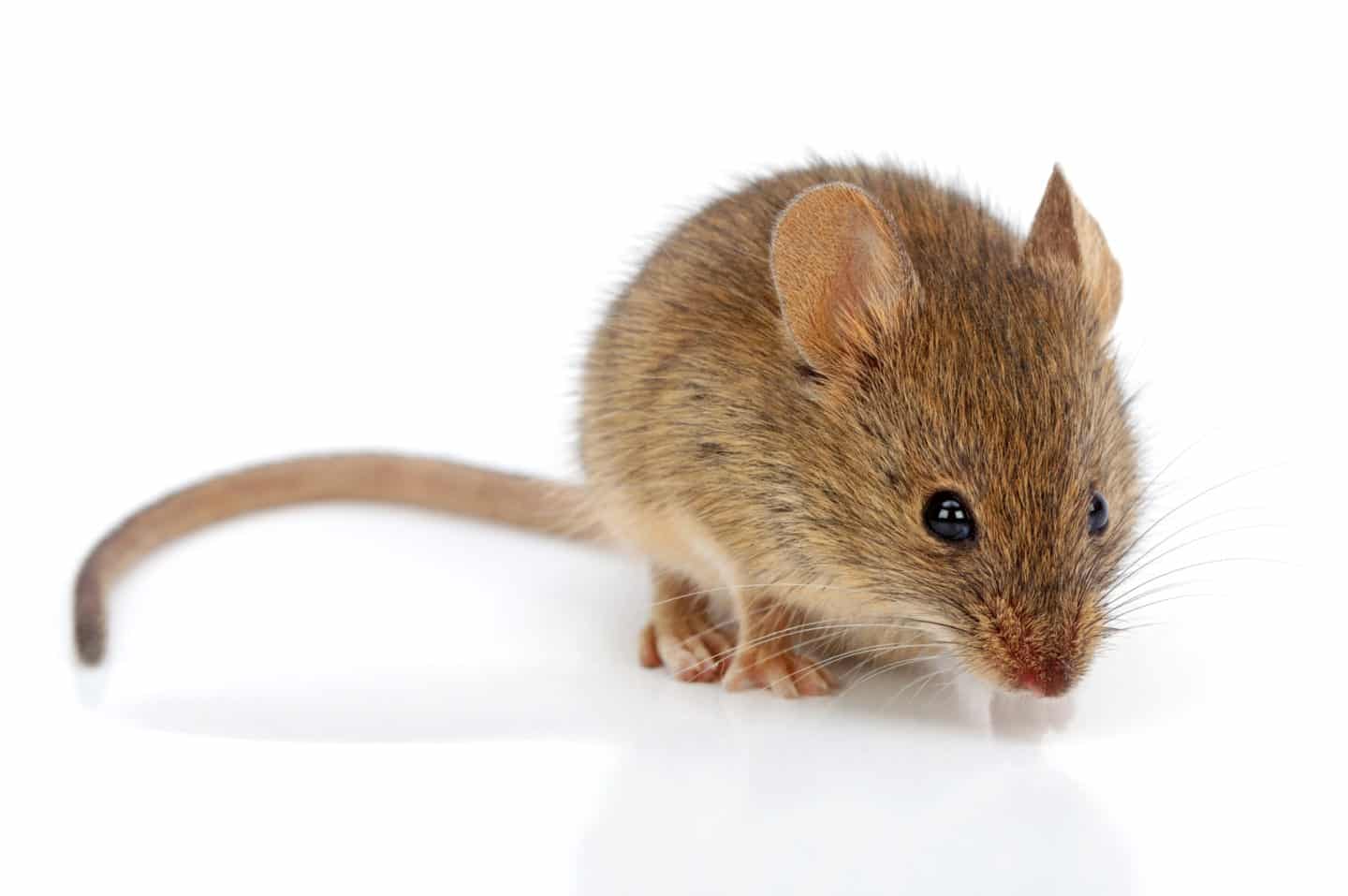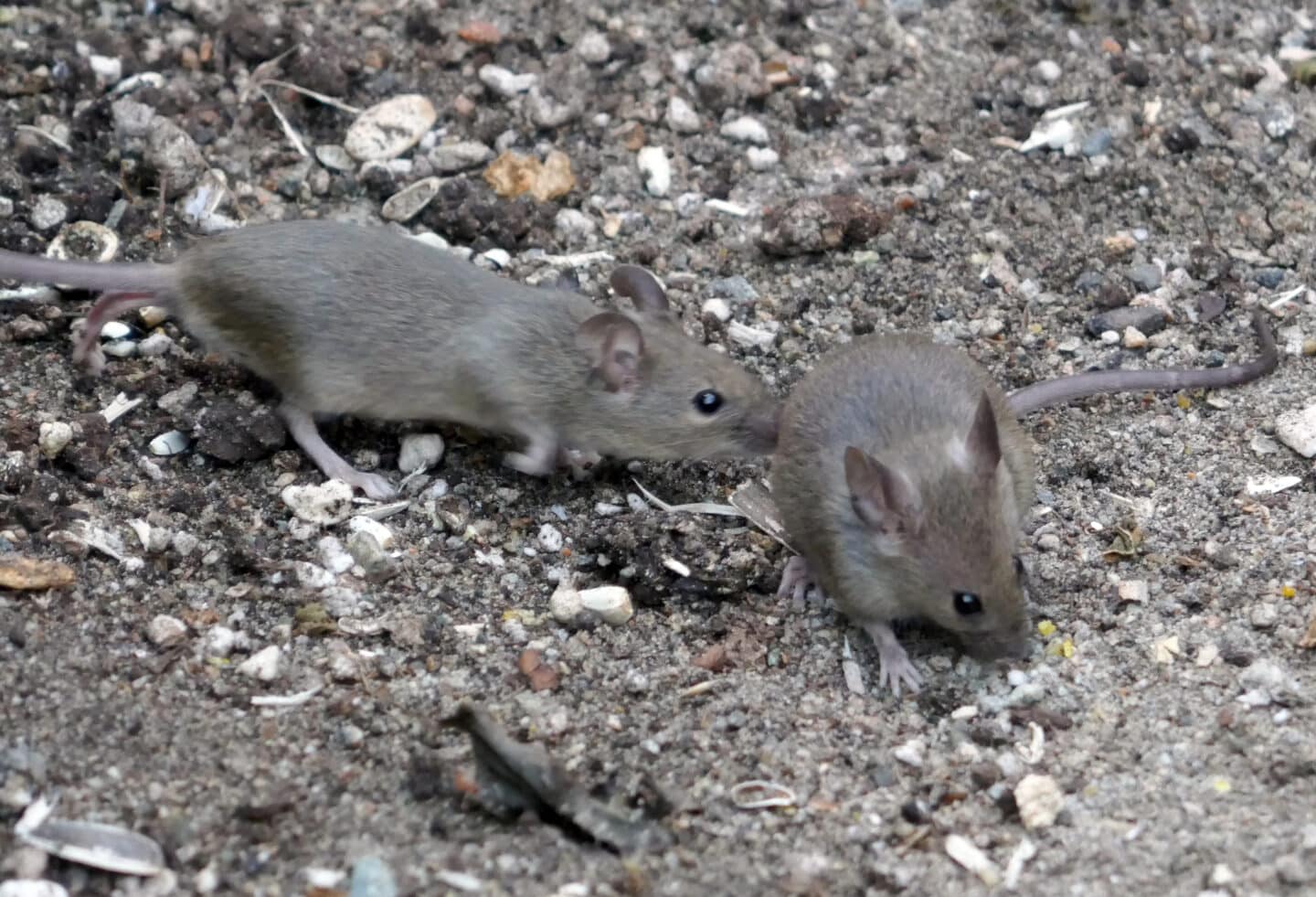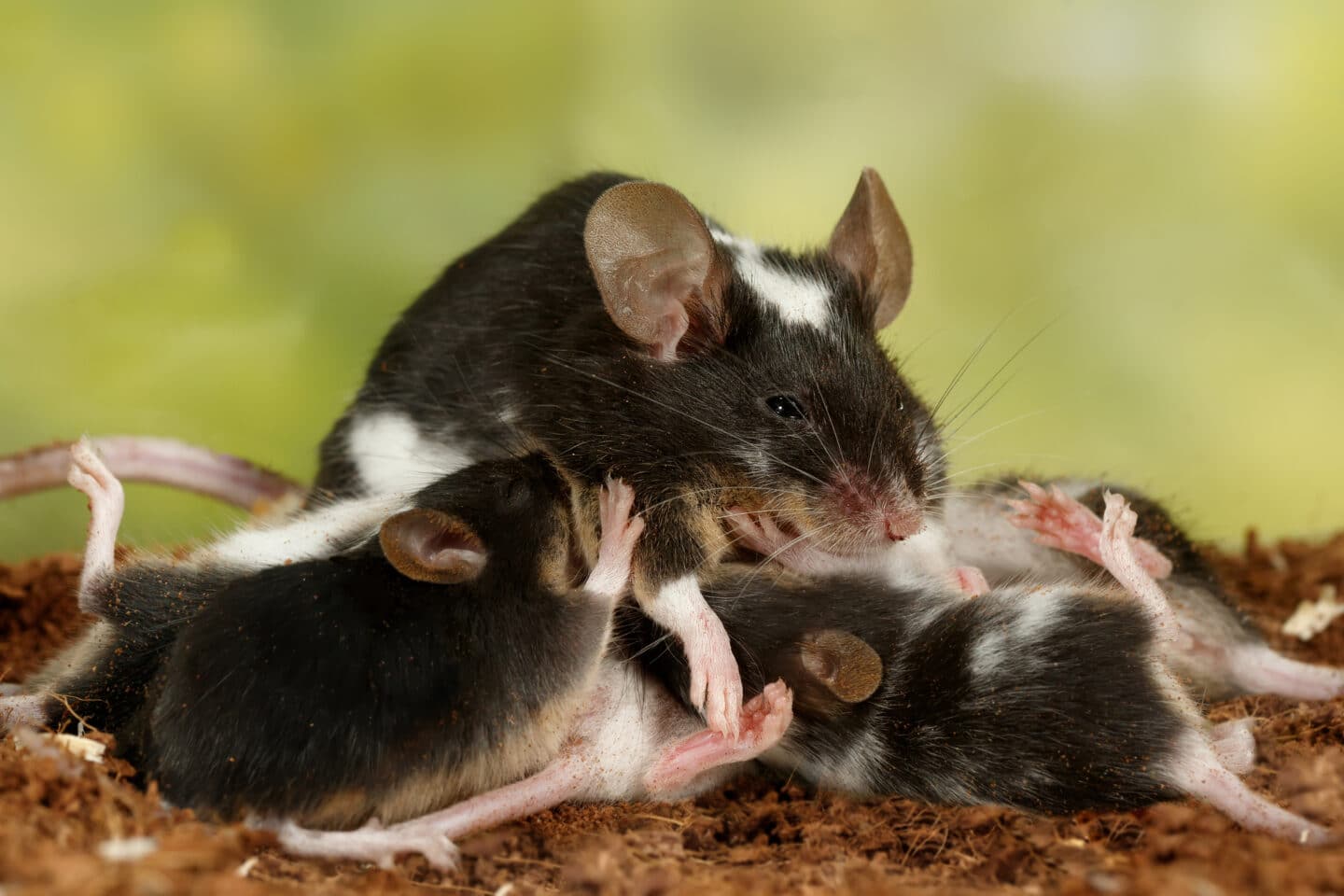Author: Kurt Treftz, Cascade Pest Control
Got mice? Finding a furry invader is never fun, but neither is it surprising. Mice and rats are insidious creatures who have long learned to capitalize on the presence of humans. When our homes provide everything mice need for survival, they quickly seize that opportunity.

Understanding a bit about mice can help us better discourage and prevent mouse infestations.
Why mice invade: Factors that Attract
Nesting Site or Shelter
One of the first reasons that you might be entertaining whiskered guests is easy access to your home. If mice are able to find a way in, they will stay. A climate-controlled environment with protected areas to build a nest will be irresistible. Safety and comfort for us is safety and comfort for mice. They will find your home as appealing as you do. Storage areas, closets, attics, and garages are all prime locations for mice to build a home.
Openings as big as a dime can allow entry for this resourceful pest. As long as their skull fits, the rest of them can easily follow. Holes or cracks in the foundation, sewer lines, and gaps in the eaves can all lead to a highway for mice to come in. Leaking water pipes can add an additional level of appeal to your home as mice see it as an easy and constant source of water.
Food or Water
Mice will always be attracted to an easy source of food or water. If your home provides access to a water source and food, the mice could come calling. Once they gain access to your home, they are quick to find your pantry and storage areas that can fill their bellies. This can apply inside and outside. If you have fruit trees, make sure to clean up dropped fruit regularly. Use sealed containers in your pantry and avoid leaving pet food out 24/7.
How mice invade: Better together

Communication
While one mouse might stumble on your home, you might be wondering how you quickly find yourself overrun by these nuisances and have an infestation. Mice are extremely social creatures and have quite a range of ways to communicate.
- Vocalization
You might have learned or even heard that mice squeak. But that is really only a small range of their ability to vocalize. Most of the sounds that mice make are actually too high-pitched for humans to hear. These high pitched mice noises are called ultrasonic vocalizations. They use them to chirp and sing (yup, you read that right) to one another. They can communicate a wide range of messages from mating calls to mom-to-pup lullabies.
- Pheromones
Like many others in the animal (and insect) kingdom, mice communicate with chemical messages known as pheromones. Mice use urine to mark a trail, pique the interest of a prospective mate, or let others know that food is nearby. A male mouse might use pheromones to define his territory or even let other mice know who is the more dominant in an area. Pretty soon your home is host to not just one mouse, but its entire family.
- Body language
Like humans, mice can say a lot without saying anything at all. Body language can be used to communicate with other mice. From grooming to drumming, mice can get a message across. They use their tails particularly in hostile situations to convey a warning. They might drum their tails or their foot to alert or warn others.
Reproduction
Your infestations can also quickly get out of hand because of the rapid rate of reproduction with rodents. One female mouse can have as many as 150 offspring in one year. So, don’t wait for a mouse problem to fix itself. It will only grow worse if untreated.

Stop a mouse infestation in its tracks by responding quickly. You can always call in the mouse control experts at Cascade Pest Control 888-989-8979
